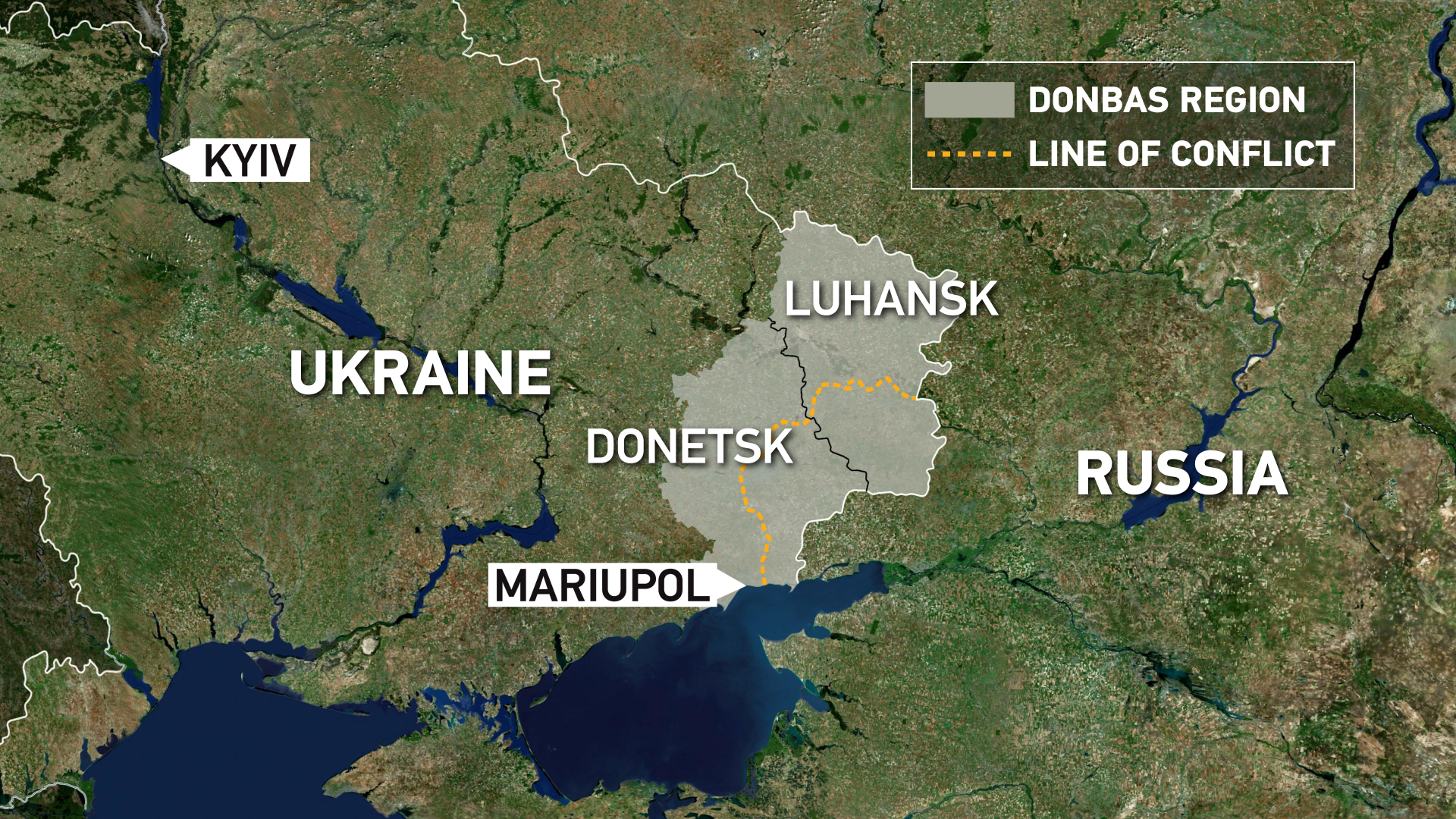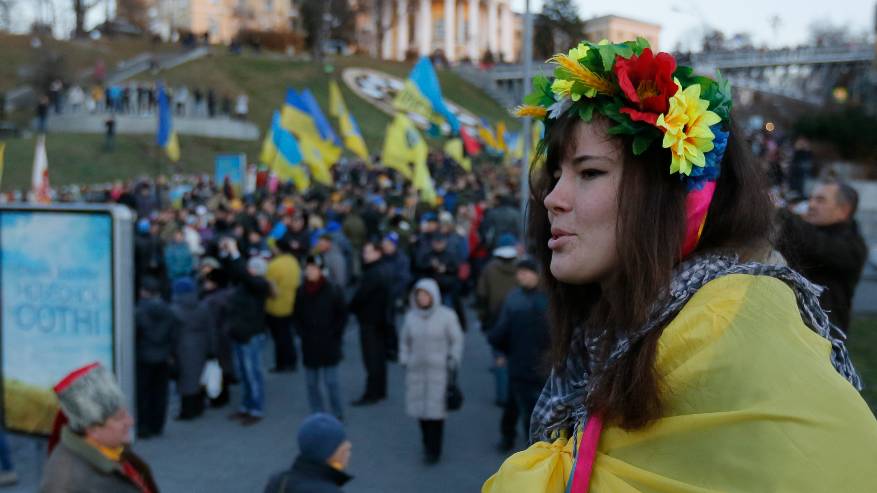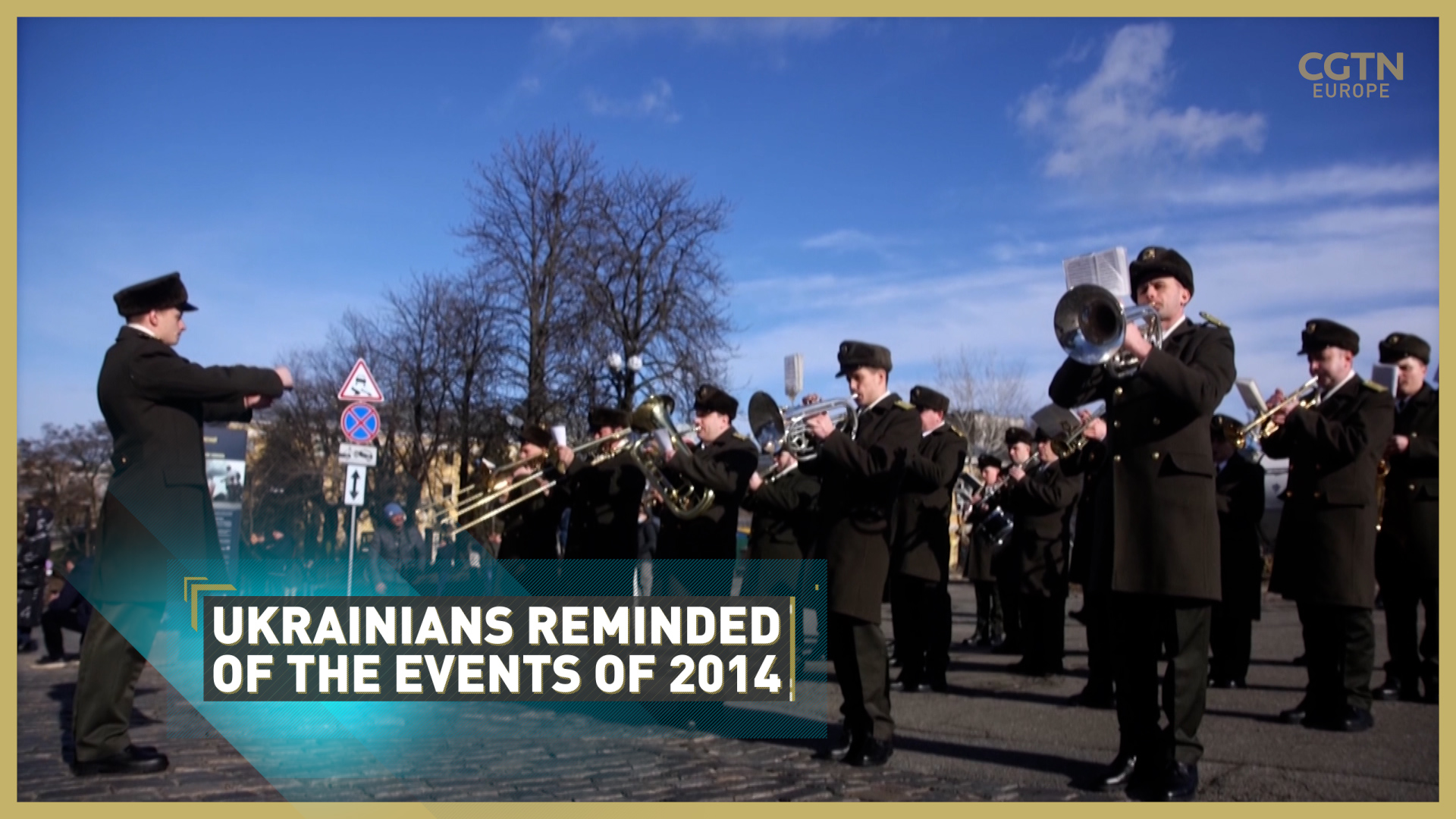
"The situation in Donbas has reached a critical, acute stage," this was the verdict of Vladimir Putin as he explained to the Russia people why he has signed a decree to recognize the independence of two regions in the east of Ukraine.
The People's Republics of Luhansk and Donetsk are both situated in the Donbas region which is on the Russia-Ukraine border. The area is identified as the basin around the river Donets that flows through Ukraine into Russia before joining the Don river and emptying into the Azov Sea.
The current line of conflict is located in the eastern third of Donbas but there have been conflicting messages from Russia on what the borders, of the regions they recognize as independent from Kyiv, are. One Putin spokesman, was quoted as saying "the borders in which they exist and in which they declared [independence]," define the Donetsk and Luhansk regions.
READ MORE
How do I know if my child has long COVID?
Podcast: Do we need exams in schools?
The Ukraine crisis
But Leonid Kalashnikov, chair of the lower house of Russia's parliament said, "Right now, they [Donetsk and Luhansk] have less territory than they did during the referendum, but they think their statehood spreads to that territory too. But the treaty doesn't account for how those borders will be restored," he added.
"In a few days, it'll all be clarified and decided."

Ukrainians gather in Independence Square in Kyiv, to mark Euromaidan in 2014. /AP Photo/Sergei Chuzavkov
Ukrainians gather in Independence Square in Kyiv, to mark Euromaidan in 2014. /AP Photo/Sergei Chuzavkov
Donbas region explained
The name Donbas comes from an amalgamation of the Donets river and its basin and became a popular term during the industrial revolution to refer to the region which had grown in notoriety thanks to its rich coal resources.
Even today it is dominated by the coal and metal industries that populate the area, a sector that has had a major influence on the regions economy demographics and politics.
The Donbas region is home to giant steel smelters and heavy plants that produce up to a third of Ukraine's industrial output.
Under the Soviet Union a number of Russian speaking workers were sent to the area enhancing the links with Moscow but when Ukraine's parliament offered a referendum on independence in 1991, over 83 percent of the population in Donetsk and Luhansk (that form the Donbas region) voted for it.
WATCH: Stephanie Freid reports on 8th anniversary of 2014 conflict
01:55

Since then, support for Kyiv has declined. In April 2014, pro-Russian separatist armed groups seized government buildings in Donbas, including in the Donetsk and Luhansk, and declared themselves to be independent republics.
Ukrainian forces resisted, but with Russian troop buildups reported along the border, they were wary of sparking a much wider war. The West imposed sanctions on Russia and eventually a ceasefire was agreed.
Conflict has dominated much of the last eight years in Donbas, with at least 14,000 people killed since 2014, according to the UN, roughly a quarter of them civilians, and has internally displaced an estimated 1.5 million Ukrainians.
Modern Donbas is a predominately Russian-speaking region. According to the most recent census available taken in 2001, 74.9 percent speak Russian as a first language in the regions of Donetsk and Luhansk.

